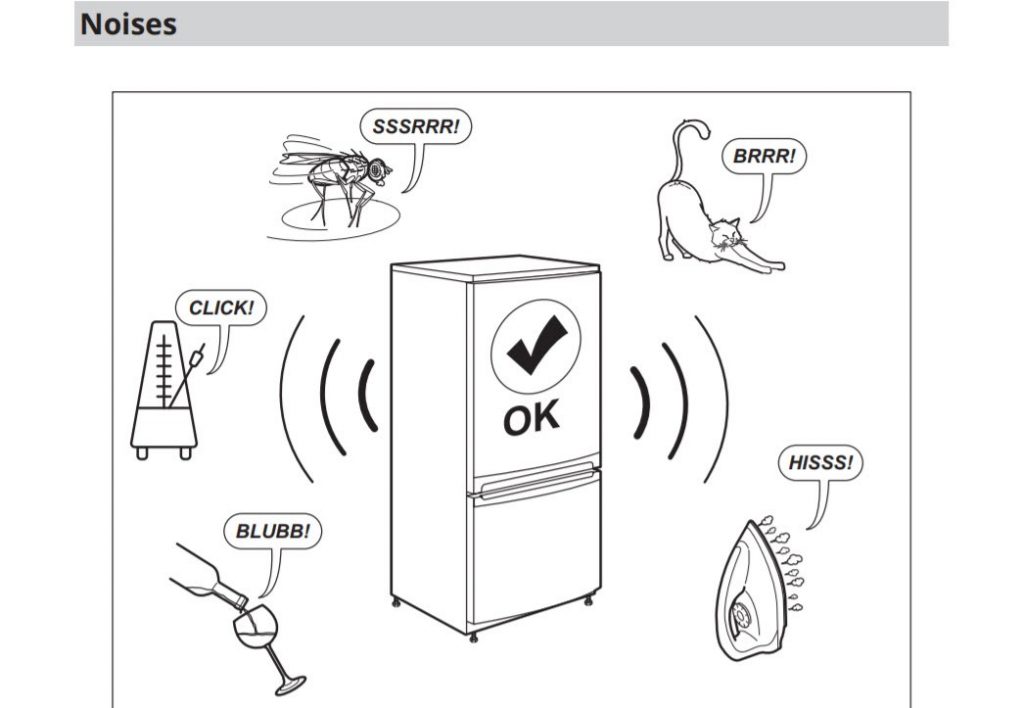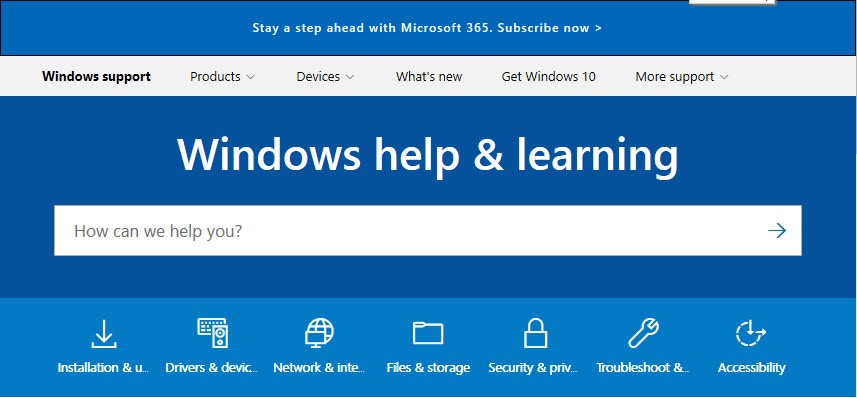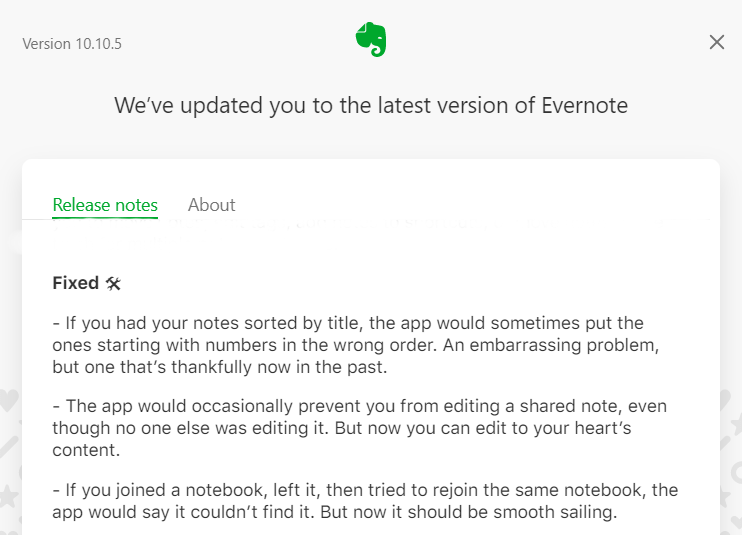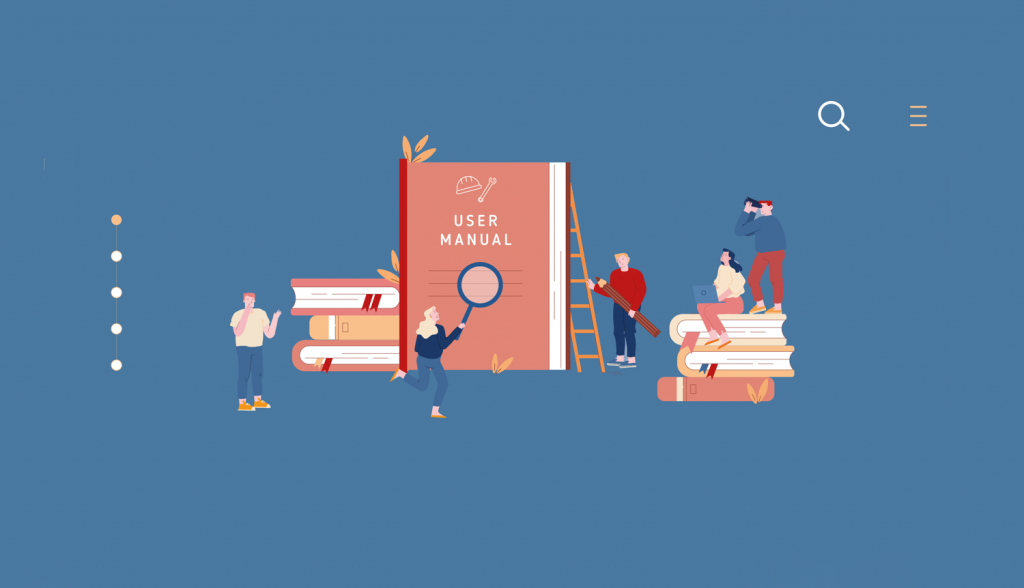In this article, we describe what technical writing is and how the profession is evolving. You’ll find out what technical writers get up to all day and what qualifications and skills you need to excel. We’ll also explore the connection between technical writing, business writing, UX writing and content design.
The goal of technical writing is to make it easy to understand how something works – a service, a product, or a process. It comes in the form of instruction manuals, help guides, FAQs, knowledge base articles, release notes, video tutorials and even as customer support chatbots. Two of a technical writer’s main tasks are background research and writing, but there’s a lot more to tech writing than that.
Shortcuts – jump straight to:
The definition of technical writing ✏️
Common definition
On a high level, technical writing is often defined as “simplifying the complex”. Generally speaking, anything that explains how something works is a kind of technical writing. Even a recipe with step-by-step instructions that shows you how to bake a cake to perfection.
The first thing many of us think of when we hear “technical writing” is support documentation, like instruction manuals and help files for software programs. This is where you turn when a device or computer program is driving you nuts because you can’t work out how to use it properly. Perhaps you search for something like “how to make the frigging background transparent in Photoshop” and end up on Adobe’s help pages.
Well-written instructions will take you effortlessly through the task so that you can save your head from concussion. And reversely, instructions that don’t work can have a terrible effect on a brand’s reputation and customer relations. It’s powerful stuff!
Today’s broader definition
Today, technical writing includes far more than instruction manuals – perhaps because traditional manuals are not always user-friendly. It now comes in all shapes and forms including FAQs, video tutorials and chatbots. At the same time, the definition has expanded to include any document or content that contains technical information. This could be a technical report, white paper, case study, and even emails and press releases.
Tech writing can be found in most industries. It is a staple in the IT, tech manufacturing, engineering, construction, biotech, medical, energy, insurance and finance industries, to name a few.
Technical writing or business writing?
So… if reports, case studies and even emails qualify as technical writing, what’s the difference from business writing?
It’s a good question. Technical writing can be considered a type of business writing, but business writing is a broader category. You could say that tech writing is a specialized field within business writing, one that has its own processes and tools.
Technical writing, UX writing or content design?
What about the connection between technical writing and UX writing or content design? There is a great deal of overlap, for sure.
Technical writing has moved into digital products in the form of tooltips and flows that guide the user towards a set task. You could even say that the goal for many digital products is to make the UI so friction-free and easy to use that support documentation is no longer needed. In those cases, the tech writing becomes the responsibility of the UX writer or content designer.
Like UX writers, technical writers make complex information clear and easy to understand. They also share the goal of helping the user complete a task. Both need to be fully aware of the context, from the style guide and target audience to business goals and published format.
One of the main differences lies in different types of content and copy. UX writers and content designers work specifically user journeys and copy in digital interfaces. A big part of the job is to research, create and test user flows and microcopy. Technical writers on the other hand work with text in all types of documentation, often more text-heavy stuff.
Another difference is that technical writing is often written in a very dry, factual and objective voice. UX writers often have to adapt their tone according to the specific situation in a user journey and use a content style guide to match the company brand voice.
Read about how a technical writer transitioned to UX writing.
Technical writer job description 📰
Technical writer job descriptions usually include variations of most or all of these points:
- Research, gather and analyze technical and product information
- Collaborate with product designers, developers and other stakeholders to understand complex product details
- Assist in planning, scheduling, and tracking documentation work
- Create or maintain a content style guide and glossaries
- Write easy-to-understand user interface text, online help and developer guides for specific target groups
- Create user guides, FAQs, technical overviews, and in-product help documentation
- Format documents to make sure that they are easy to read
- Handle graphics such as images, videos, graphs, and tables, making sure that they make sense in context
- Publish weekly release notes with information on product updates, releases and fixes
- Test the product and its documentation for accuracy and consistency
If you want more examples, you’ll find 5 typical technical writer job descriptions here.
Technical writer qualifications and skills 📚
What qualifications and skills do you need to succeed as a tech writer?
Communication skills
The ability to communicate clearly and effectively is crucial for technical writers. As the bridge between technical experts and end-users, your task is to present complex ideas in a digestible way.
You will work closely with engineers and other stakeholders who may use complicated terms and industry jargon. Sometimes, asking lots of relevant questions is the only way to extract the info you need to explain a topic to somebody who’s not an expert.
Excellent command of writing
For sure, you will spend a significant part of your day working with text – writing, revising, and proofreading. Writing clearly and concisely is key, which is easier said than done when you deal with a technical subject matter. Attention to detail and factual accuracy are crucial.
Having said that, technical writing is about much more than writing, as you will see below.
Background research competence
Technical writers deal with complex subject matters, and background research is a natural part of a technical writer’s working day. Get used to finding, arranging, and analyzing data, whether it’s in the form of online searches, stakeholder meetings or interviews, or creating surveys.
Knowing the audience
You need to be acutely aware of the target audience and make sure that you write in a way that they can digest easily. To hit the right tone in your writing, you need to understand who you’re writing for. How much do they know about the given topic? Are they familiar with industry-specific terminology? Do you need to explain acronyms?
Document design skills
Document design is a fundamental part of the job. Graphic elements like video, images, charts, and tables are common to visualize tech writing. It is usually also the tech writer’s job to format the documents so that they are easy to navigate, using headings, subheadings, bullet points, color, bold etc., in a sensible way.
Knowing how to use digital tools
As a technical writer, you’re likely to come across single-source publishing tools such as MadCap Flare, easyDITA, Adobe RoboHelp, Adobe Framemaker, Oxygen XML editor, or ClickHelp. The nifty thing with single-source publishing is that you can reuse content chunks across different document formats, from Word and PDF to HTML and XML. So instead of keeping track of similar content in multiple files, you work in one and the same file. By marking up bits of content, you can then export what you need for different file formats. Single-source tools also allow you to work with variables. This makes it easy to update changes to specific terms across multiple documents in one place. Some of these tools take a while to get used to, but once you get the hang of it, they are great for consistency and efficiency.
Is it necessary to know these tools to become a technical writer? It depends on your future employer or client! If they use any of these tools and you’re familiar with them already, you definitely have an advantage.
Other common tools used by technical writers are Microsoft Office, Snagit, Camtasia, Photoshop, Grammarly, the Hemingway App, and Wordtune.
UX research and testing
Some tech writers are involved in UX research and testing. To make sure that a set of instructions work as intended, the writer could observe a test group before launch, for example. This is common in cases where faulty or unclear instructions could lead to accidents. But it can also be used for less critical applications, including user testing of software programs.
A tech writer may also take part in target audience research and create or maintain content style guides and glossaries.
Technical knowledge
So how technical do you have to be? Glad you asked. Many job descriptions specify that you should have a bachelor’s degree or equivalent knowledge either in a technical subject such as computer science or software engineering, or in English, journalism or communication. In other words, you don’t need the expertise of an engineer or software developer.
Personally, I think it can be an advantage *not* to be overly technical exactly for this reason. You need to make sense of the subject matter without sounding like a tech expert. Having said that, you do need to understand enough to be able to make sense of it. Be prepared to do some serious background research. And the materials you need to go through may be pretty heavy. The first weeks on a new project can be tough!
Tasks for technical writers 🔆
The long list of tech-related documentation proves that technical writing can be a highly varied job, and one that constantly changes along with the technologies it describes.
Manual mania: Instruction manuals, product manuals, assembly guides
Perhaps the first thing that springs to mind when we think about technical writing is different types of manuals. You know, the ones we often ignore until something doesn’t work properly. It could be the little booklet that comes with your new phone or the instruction manual for your SMÅFRUSEN IKEA fridge. They are often but not always printed, and sometimes available as a downloadable PDF.
An instruction manual is often the difference between a pleasant experience and complete frustration that ends with an angry call to customer service. In some cases, a poorly written manual can even put people at risk of injury or worse.

User help guides and support articles
When we get stuck installing or using a product, the solution can often be found in a user help guide. Help files usually live online and are searchable by topic or keyword, which makes them great for troubleshooting. A classic example is Microsoft’s support pages:

Like instructions manuals, well-written help pages reduce both user frustrations and calls to customer support.
Video tutorials
We’re consuming video content like never before. According to TrueFocus Media, 30% of all searches on YouTube are How-to videos. Not surprisingly, video tutorials have become a popular replacement for or complement to regular instruction manuals.
Like the easyDITA bot asked me today, why not watch a video instead:

As a technical writer, you may be responsible for the video tutorial scripts.
Frequently Answered Questions (FAQs)
A common element on websites in general and support pages in particular. FAQs can bring a lot of value, but are not always easy to navigate and to the point. Some companies are now in the process of replacing or complementing them with a customer support chatbot (see below).
Release notes
In liaison with engineers, technical writers are often involved in the creation of release notes. Hardly the most appreciated part of a product – probably because they have been notoriously hard to grasp for regular users. Some companies, notably Slack and Evernote, are now working hard to make their release notes more conversational and user-friendly. Here’s an example from Evernote:

Release notes may also be replaced by a short video, like I noticed in Spotify recently (great stuff!).
Technical reports
Technical reports are used to outline a research project’s hypotheses, methods, outcomes, limitations and results. As a technical writer, you may be involved in compiling data, gathering and editing input from the researchers, and formatting the report document.
Transactional emails and newsletters
When somebody is needed to write marketing communication, the technical writer is probably not the first person who springs to mind. But lots of transactional emails and newsletters communicate technical information, and that’s where you come into the picture.
Press releases
When a company is ready to reveal a new product to the public, they often publish a press release. A press release describes functions, features, and benefits to the users.
Case studies and white papers
Case studies are often used to showcase a company’s approach and solution to a specific challenge in a project. Although they are written for marketing purposes, they may deal with technicalities that make them suitable for tech writers.
Many companies also develop white papers. A white paper goes into great technical detail about a process, and how they can lead to a desired result – a great task for technical writers.
Product brochures, product specifications, and datasheets
Product brochures are also used for marketing and sales. Depending on the product, though, they may contain technical details about features, functions, and uses of a product. In such cases, they may well fall under the tech writer’s domain.
Product specs and datasheets tend to be more informative and less marketing-y, and could land on your desk too.
Website content and UI copy
Technical writers may contribute to, or be responsible for, certain sections of websites and UI copy.
Customer support chatbot scripts
Chatbot scripts and dialogues are created by conversation designers. A common function of chatbots is to provide customer support. Therefore, conversation design would be a natural career development for tech writers who want to move on to a new field. You can read more about conversation design in this article.
Summary: A varied and evolving profession ✅
Technical writing used to be confined to instruction manuals and help files. Today it can be found all over the place: Video tutorials, FAQs, release notes, and even in the form of customer support chatbots. The definition has also been expanded to include any technical documentation, whether it’s a case study, a white paper, or an email.
There’s a lot of overlap between technical writing and UX writing. Technical writers are experts in simplifying the complex. They often collaborate with engineers, designers and other stakeholders. They need full context about the target audience and business goals. And last but not least, they don’t just work with words but also with document design and formatting.
Two differences between technical writers and UX writers are 1) the type of copy they work with (text-heavy documentation vs. user flows in digital interfaces) and 2) the voice and tone often used by UX writers compared to the more dry and factual voice usually seen in manuals and instructions.
All in all, there’s no doubt that UX writing, content design and conversation design are possible alternative career paths for tech writers.
Curious about UX writing? 💡
Start with our free introductory UX writing course!


